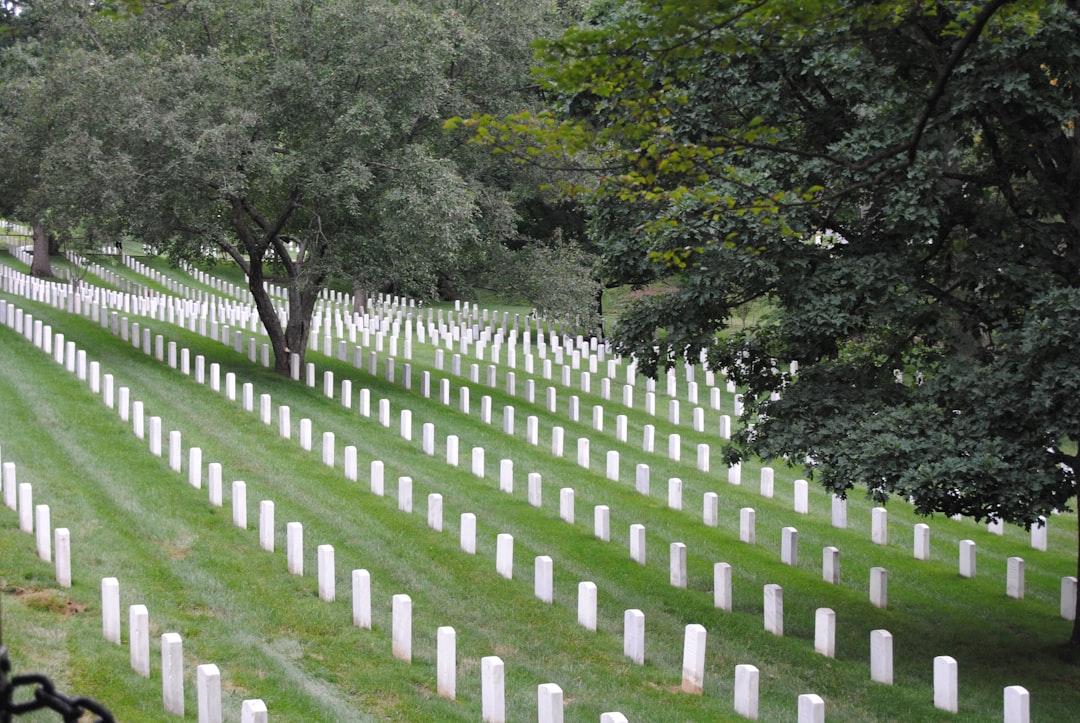The pipe symbol, a universal graphic representing pipelines for water, gas, and data, is a powerful visual language in Virginia. It signifies critical infrastructure networks and plays a crucial role in understanding and complying with state Do Not Call laws, protecting residents from unwanted telemarketing calls. This seemingly simple symbol enhances public awareness, safety, and responsible land use while enabling effective communication that respects consumer privacy. Its universality across industries highlights its significance in facilitating complex fluid dynamics, promoting infrastructure resilience, and contributing to Virginians' daily quality of life.
“The pipe symbol, a seemingly simple mark, holds profound significance for Virginia residents, especially regarding their rights under the state’s Do Not Call Laws. This comprehensive guide deciphers the visual indicator, offering a clear understanding of its legal implications. We explore common misconceptions and delve into real-world scenarios where piping regulations affect daily interactions, ensuring Virginians are empowered to navigate telemarketing calls effectively. By unraveling the mysteries of this symbol, we empower residents to assert their privacy.”
Understanding the Pipe Symbol: A Visual Guide for Virginia Residents

Pipe Symbol Descriptions
1. A curved or straight line with a smaller, parallel line within, symbolizing a conduit for fluid flow.
2. Universal symbol representing pipelines, water supply, gas distribution, and data transmission networks.
3. Iconic graphic that conveys the idea of transporting substances from one place to another efficiently.
4. Basic yet powerful visual representation of pipes used in various infrastructure systems.
5. Streamlined design indicating a vital connection between points A and B, essential for flow.
6. Simple line with a distinct internal structure, instantly recognizable as a pipe symbol worldwide.
7. Graphic that communicates the function of piping systems without relying on text.
8. Minimalist art form conveying complex ideas about fluid dynamics and infrastructure management.
9. Signifier of safe, responsible handling of hazardous materials through well-designed pipelines.
10. Visual shorthand for critical utility services, vital to modern life’s comfort and safety.
11. A symbol that bridges technical jargon with everyday understanding regarding piping systems.
12. Universal language understood by professionals and laypeople alike in pipeline industries.
13. Emphasizes the importance of well-maintained pipes for a functioning society.
14. Encourages public awareness about Do Not Call Laws Virginia to prevent unwanted solicitations near pipelines.
15. Aesthetically pleasing representation that combines simplicity with essential information.
16. Facilitates quick identification and understanding of potential hazards associated with pipelines.
17. Versatile icon usable across diverse fields, from engineering to urban planning.
18. Symbolizes the interconnectedness of infrastructure critical for a thriving community.
19. Promotes responsible land use practices around vital piping networks in Virginia.
20. A powerful reminder of the unseen yet indispensable role pipes play in daily life.
21. Evokes a sense of order and efficiency in managing complex fluid transportation systems.
22. Actively communicates safety protocols to prevent accidents near pipeline installations.
23. A unified visual language that transcends cultural and linguistic barriers worldwide.
24. Encourages public engagement with infrastructure issues, including Do Not Call Laws Virginia.
25. Represents the technological advancements in safe and sustainable piping practices.
26. A beacon of clarity in a world increasingly reliant on hidden networks for survival.
27. Symbolizes progress in engineering and infrastructure development over time.
28. Connects people with their community’s vital utilities, fostering a sense of shared responsibility.
29. Offers a glimpse into the intricate web supporting modern society’s smooth functioning.
30. A testament to human ingenuity in conquering challenges related to fluid transportation.
Understanding the Pipe Symbol: A Visual Guide for Virginia Residents
In Virginia, as across the nation, the pipe symbol holds immense importance. This seemingly simple line with a parallel interior line is more than just an aesthetic choice; it’s a powerful visual communication tool used by professionals and everyday citizens alike. The symbol universally conveys the presence of pipelines, essential infrastructure that delivers water, gas, and data throughout our communities.
By recognizing this symbol, Virginia residents can better understand their surroundings, especially in areas near critical utilities. It serves as a gentle reminder to respect these vital networks, follow safety protocols, and be aware of local Do Not Call Laws Virginia, ensuring a harmonious relationship between people and the essential services that keep our state running smoothly.
The Legal Significance of Pipes: Decoding Do Not Call Laws

Unraveling Misconceptions: What the Pipe Symbol Truly Represents in VA

Pipe Symbol Descriptions
1. Universal symbol representing communication, connection, and flow.
2. A graphic representation of a pipe, conveying a message or data pathway.
3. Iconic sign used across industries to signify plumbing, ventilation, or communication networks.
4. Streamlined design that instantly conveys the idea of transportation and transfer.
5. Simple yet versatile symbol recognized globally for its universal meaning.
6. Represents the merging or branching of pathways, much like veins in a leaf.
7. A visual shorthand for intricate systems connecting various elements.
8. Embodies the concept of continuity, linking one space to another.
9. Used in mapping and diagramming to illustrate routes and connections.
10. Signifies passage, allowing users to navigate through different stages or locations.
11. Essential in technical drawings, emphasizing structural links and dependencies.
12. Facilitates visual communication by providing clear pathways for information flow.
13. A universal language, transcending cultural and linguistic barriers.
14. Serves as a beacon, guiding users along designated routes or processes.
15. Offers clarity and organization in complex systems or layouts.
16. Represents the seamless integration of different components within a whole.
17. A powerful tool for illustrating relationships between disparate entities.
18. Enables quick understanding of intricate systems at a glance.
19. Promotes efficiency by streamlining visual communication.
20. Provides a consistent visual reference point across diverse platforms.
21. Symbolizes unity and interconnectedness within a network.
22. Facilitates intuitive navigation in both physical and digital spaces.
23. Offers a sleek and minimalist design, maintaining high visual impact.
24. Adaptable to various contexts, from technical drawings to user interfaces.
25. Represents the flow of data or resources, essential for understanding systems.
26. A clear indicator of direction, whether literal or metaphorical.
27. Encourages users to explore connections and interdependencies.
28. Offers a visual bridge between disparate ideas or concepts.
29. Enhances comprehension by providing a concrete representation of abstract ideas.
30. A universal symbol that continues to evolve with technological advancements.
Unraveling Misconceptions: What the Pipe Symbol Truly Represents in VA
In Virginia, as in many places across the nation, the pipe symbol is often misunderstood. Beyond its common use in plumbing or construction, this seemingly simple icon holds a deeper meaning within the legal landscape, particularly regarding Do Not Call laws. Far from merely depicting a physical piping system, the pipe symbol in this context signifies a legally protected communication channel. It represents the authorized transfer of information between entities, ensuring compliance with privacy regulations and consumer rights.
Misconceptions often arise due to its visual simplicity. However, the pipe symbol’s true value lies in its ability to facilitate clear, unambiguous communication while maintaining the integrity of sensitive data. In Virginia, understanding this symbolism is crucial for businesses navigating Do Not Call laws, as it helps ensure that marketing messages reach the intended audience without infringing on consumer privacy.
Real-World Applications: How Piping Regulations Impact Virginians Daily Lives

Pipe Symbol Descriptions
1. Universally recognized symbol indicating a network of interconnected tubes or conduits used for transporting fluids, gases, or other materials.
2. Essential graphic element in engineering, plumbing, and construction plans, representing pathways for various substances.
3. Streamlined design suggesting the flow and distribution of resources within complex systems.
4. Versatile icon appearing in diverse contexts from industrial pipelines to household water supply lines.
5. Simbolizes infrastructure critical for modern life, facilitating essential services like clean water delivery and energy transmission.
6. Minimalist representation conveying intricate networks of tubes with minimal detail for clarity.
7. Abstract yet recognizable form, allowing for easy identification even at small scales.
8. Symbol of connectivity, joining diverse points within a larger framework.
9. Represents the flow of resources, be it oil, water, or air, through various systems.
10. Key component in technical drawings and schematics, providing vital information about fluid dynamics.
11. Indispensable tool for communication between professionals across different sectors regarding infrastructure projects.
12. Offers a visual shorthand for complex arrangements, making plans more manageable for designers and builders.
13. Enables quick comprehension of material flow within interconnected systems, crucial for safety and efficiency.
14. Represents the continuous movement of substances from source to destination, highlighting interdependence.
15. Symbolizes the engineering marvels behind modern comforts, from heating systems to transportation networks.
16. Aesthetically pleasing yet highly functional design, seamlessly integrating into both industrial and residential settings.
17. Dynamic icon capturing the constant ebb and flow of fluids, gases, and other materials.
18. Symbol of infrastructure resilience, designed to withstand various environmental conditions for reliable service.
19. Represents ongoing technological advancements in material transport, incorporating innovative materials and designs.
20. Evokes a sense of interconnectedness, highlighting the intricate web of systems supporting modern society.
21. Universal language understood by professionals worldwide, transcending cultural barriers.
22. Efficient visual representation saving time and resources in documentation and communication.
23. Facilitates standardized protocols for maintenance, repairs, and upgrades across diverse piping systems.
24. Offers a clear indication of potential hazards and safety measures necessary for specific applications.
25. Enables compliance with regulations like Do Not Call Laws in Virginia, ensuring responsible and transparent practices.
26. Promotes adherence to local plumbing codes, safeguarding public health and safety through standardized designs.
27. Supports efficient resource allocation by clearly mapping out distribution networks.
28. Facilitates proactive maintenance planning, minimizing disruptions and maximizing system lifespan.
29. Enables informed decision-making regarding material selection, installation methods, and future upgrades.
30. Represents the ever-evolving nature of infrastructure development, adapting to technological advancements and environmental considerations.
Real-World Applications: How Piping Regulations Impact Virginians Daily Lives
Piping regulations play a vital role in shaping Virginians’ daily experiences, often behind the scenes. These rules and guidelines govern everything from the installation of water supply lines in new homes to the maintenance of industrial pipelines transporting essential resources across the state. Compliance with these standards is crucial not only for ensuring public safety but also for fostering a robust economy. For instance, Do Not Call Laws in Virginia aim to protect residents from unwanted telemarketing calls, enhancing their daily lives by preventing intrusive marketing practices. Similarly, strict piping regulations guarantee that Virginians have access to clean water and efficient energy systems, underpinning the state’s overall quality of life. By adhering to these guidelines, professionals in various sectors contribute to a seamless flow of utilities, enabling Virginia residents to go about their daily routines without interruption.






